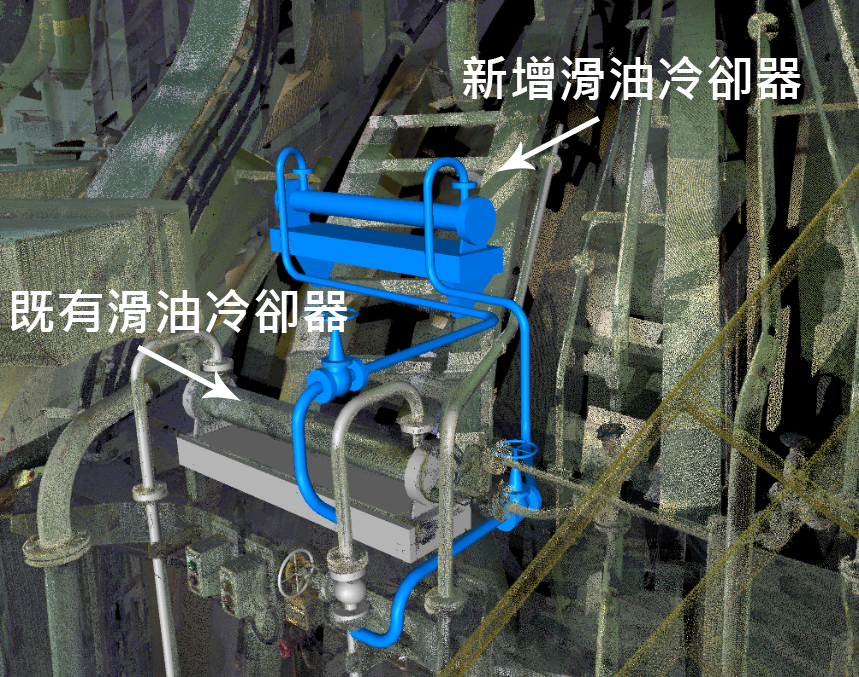逆向建模應用篇:從點雲到數位雙生的實戰流程
技術有了,怎麼用才有效?逆向建模就是把 3D 點雲轉換成 可操作的 3D 模型,支援施工、改造與數位雙生應用,真正把數據變成現場效益。
Having the technology is one thing—but how to apply it effectively? Reverse engineering converts 3D point clouds into actionable 3D models, supporting construction, renovation, and digital twin applications, turning data into real-world benefits.
🔧 逆向建模流程解析 | Reverse Engineering Workflow
點雲整理 (Point Cloud Preparation)
將掃描獲得的數億點雲進行去噪與拼接
形成完整現況模型,方便後續建模
3D模型重建 (3D Model Reconstruction)
將點雲轉為可編輯的 3D CAD/BIM 模型
可進行結構分析、碰撞檢測與管線重佈
設計模擬與優化 (Design Simulation & Optimization)
模擬施工流程,檢查可行性
優化材料使用與工程排程
數位雙生整合 (Digital Twin Integration)
導入 BIM 平台,建立長期可用的數位資產
支援維護管理與改造升級
逆向建模將點雲轉成 可操作模型,讓工廠、船舶與建築改造變得更快速、更精準、更省錢。這不只是技術,是真正能帶來效益的 數據化工程解決方案。
Reverse engineering transforms point clouds into actionable models, making plant, ship, and building renovations faster, more precise, and cost-effective. This is not just technology—it’s a data-driven engineering solution that delivers real results.

